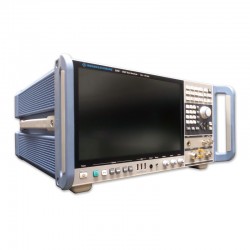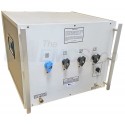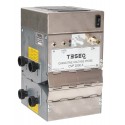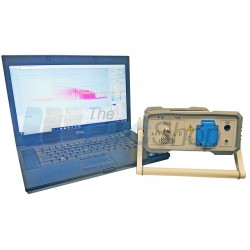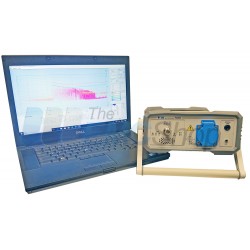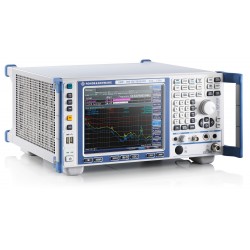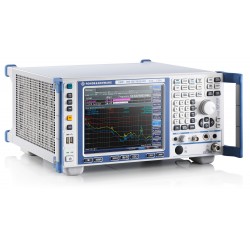Rent, buy or lease CISPR 16-1-2 Current Probes. The EMC Shop stocks calibrated test equipment for radio disturbance and immunity measuring.
The asymmetrical disturbance currents of cables can be measured, without making direct conductive contact with the source conductor and without modification of its circuit, by use of specially developed clamp-on current transformers. The utility of this method is self-evident; complex wiring systems, electronic circuits, etc., may be measured without interruption of the normal operation or configuration. The current probe is constructed so that it may be conveniently clamped around the conductor to be measured. The conductor represents a one-turn primary winding. The secondary winding is contained within the current probe.
CISPR 16-1-2 current probes are constructed for measurements in the frequency range 30 Hz to 1 000 MHz, although the primary measurement range is 30 Hz to 100 MHz. Beyond 100 MHz the standing currents in conventional power systems require that the current probe location be optimized for detection of the maximum current.
Current probes are designed to provide a flat frequency response over a passband. At frequencies below this flat passband accurate measurements can still be made but with decreased sensitivity due to reduced transfer impedances. At frequencies above the flat passband measurements are not accurate due to resonances in the current probe.
